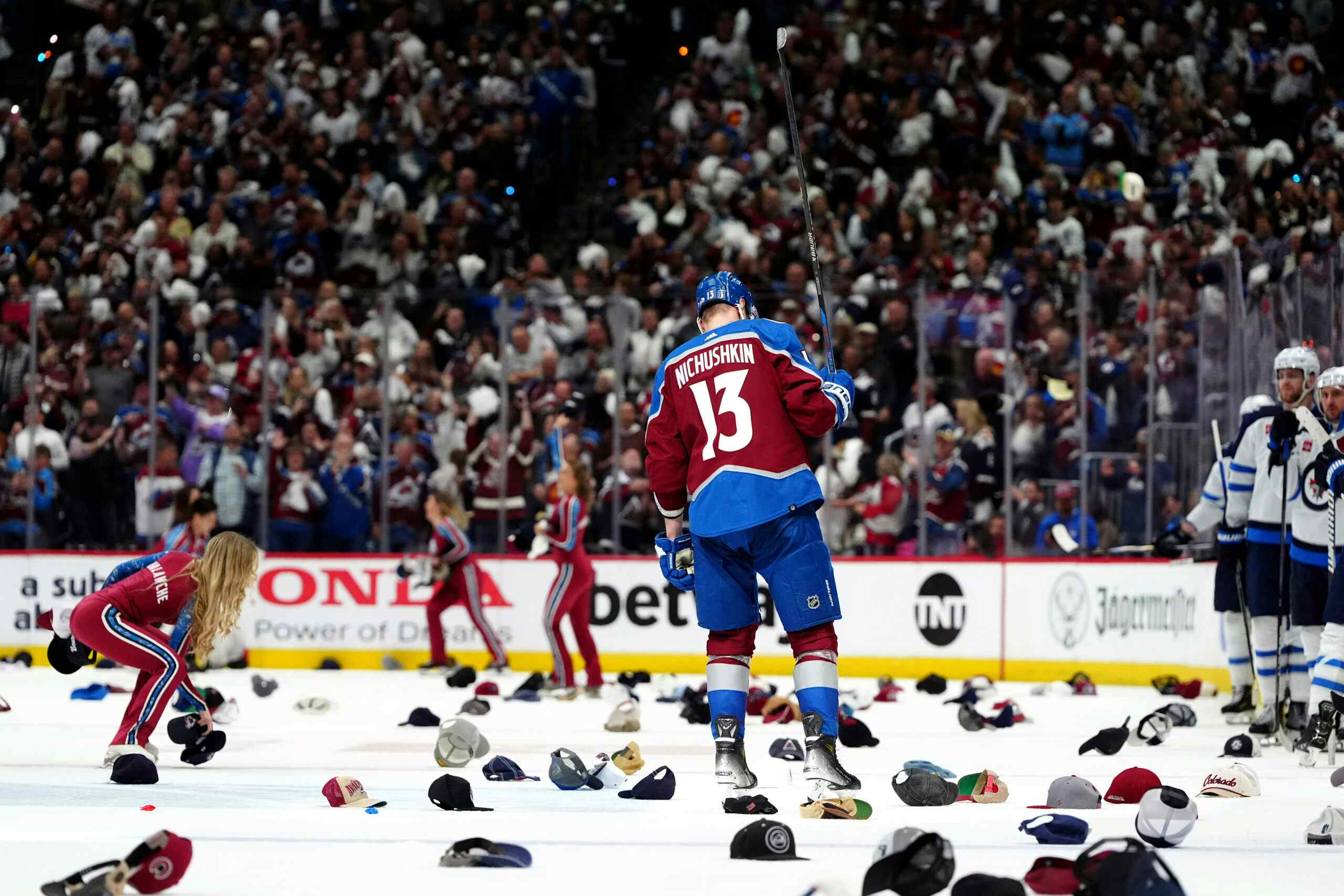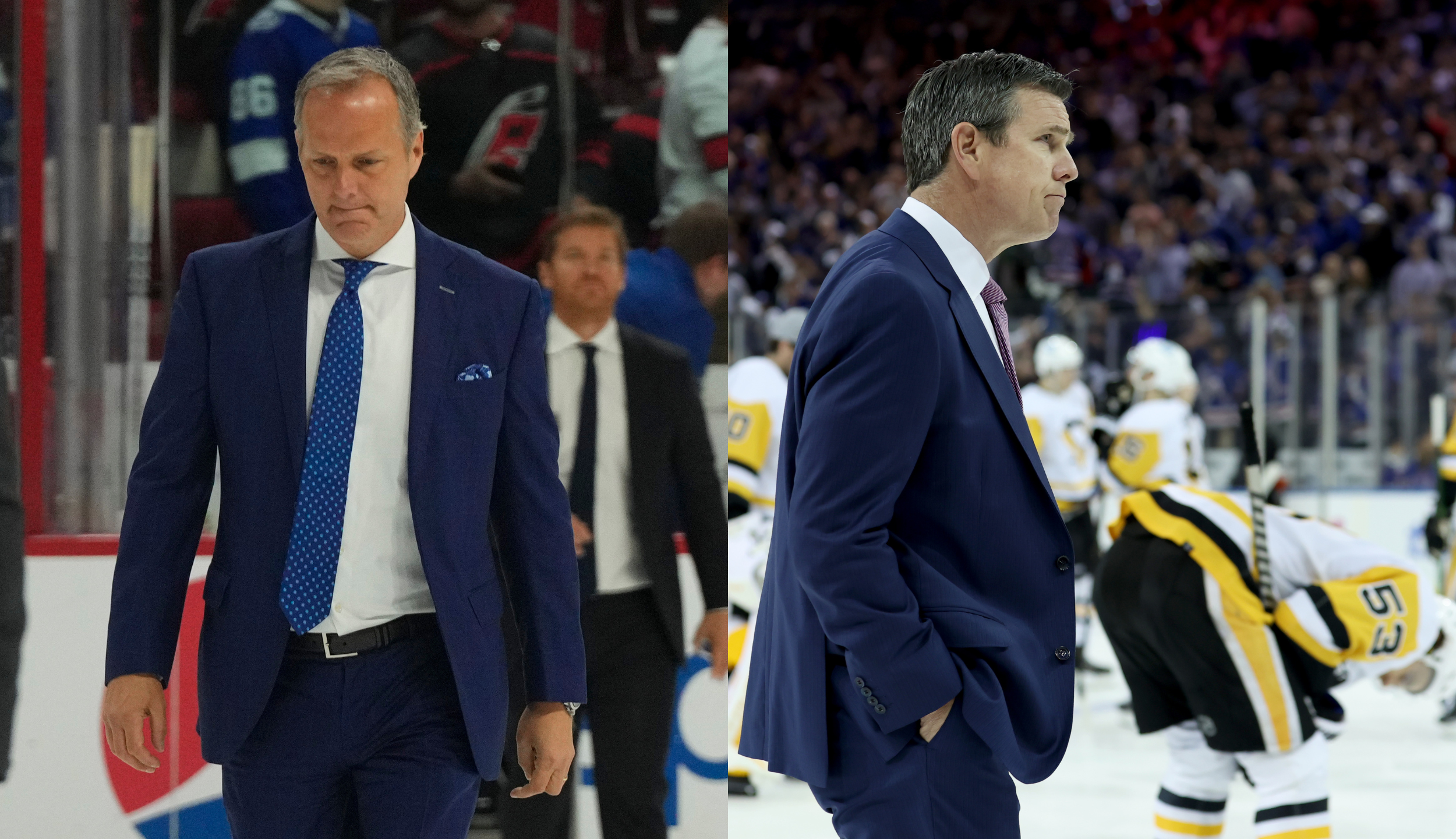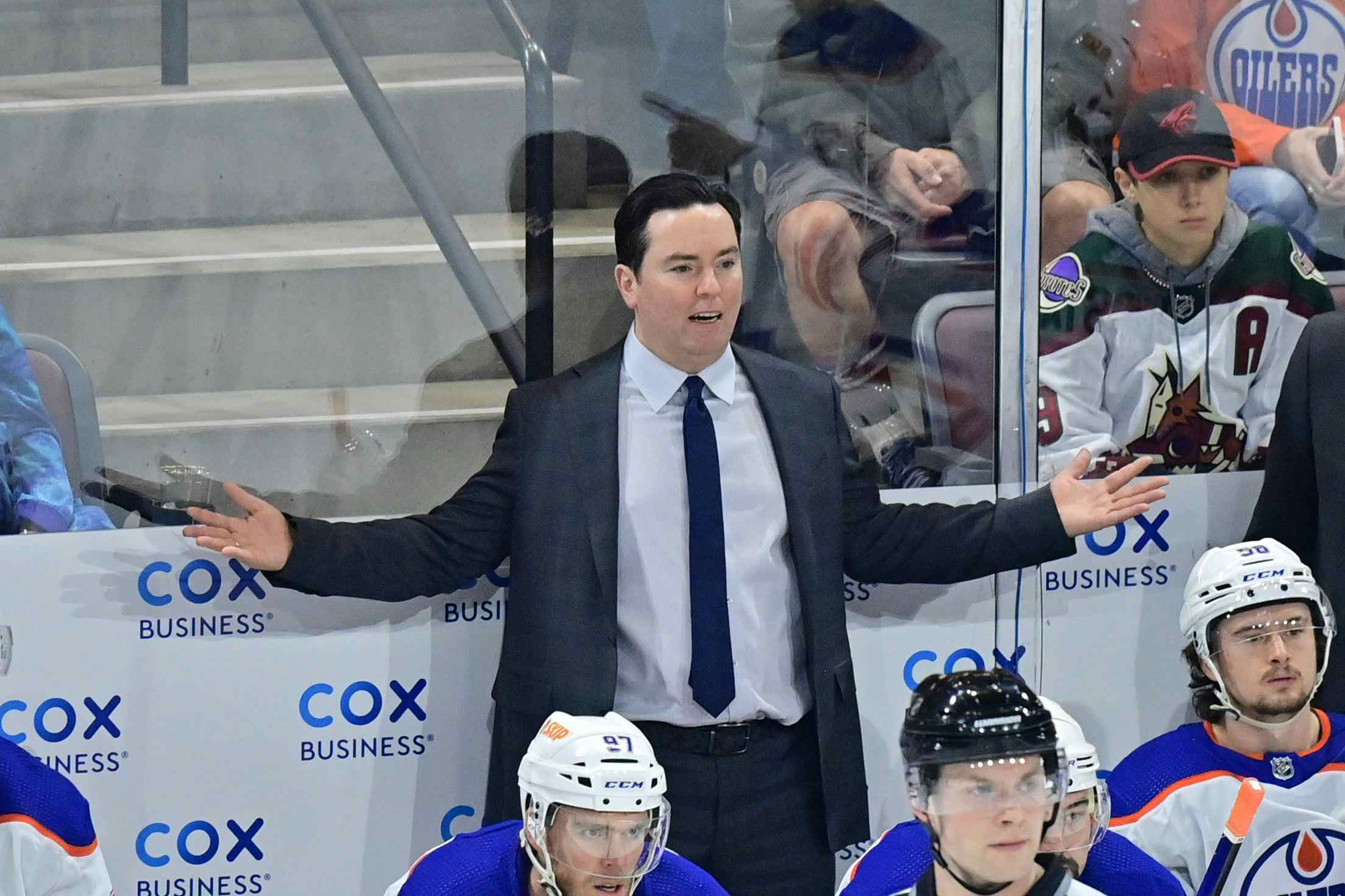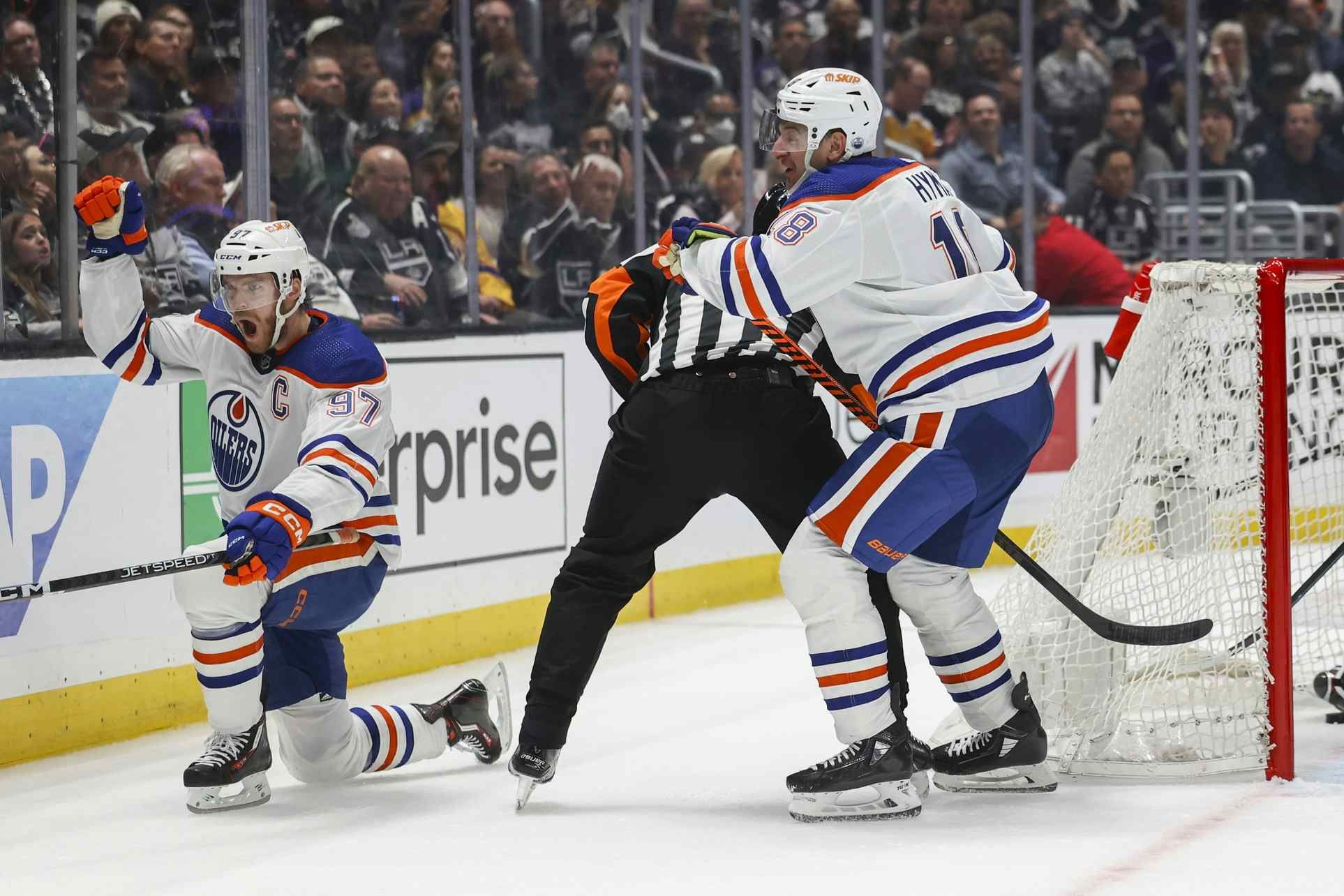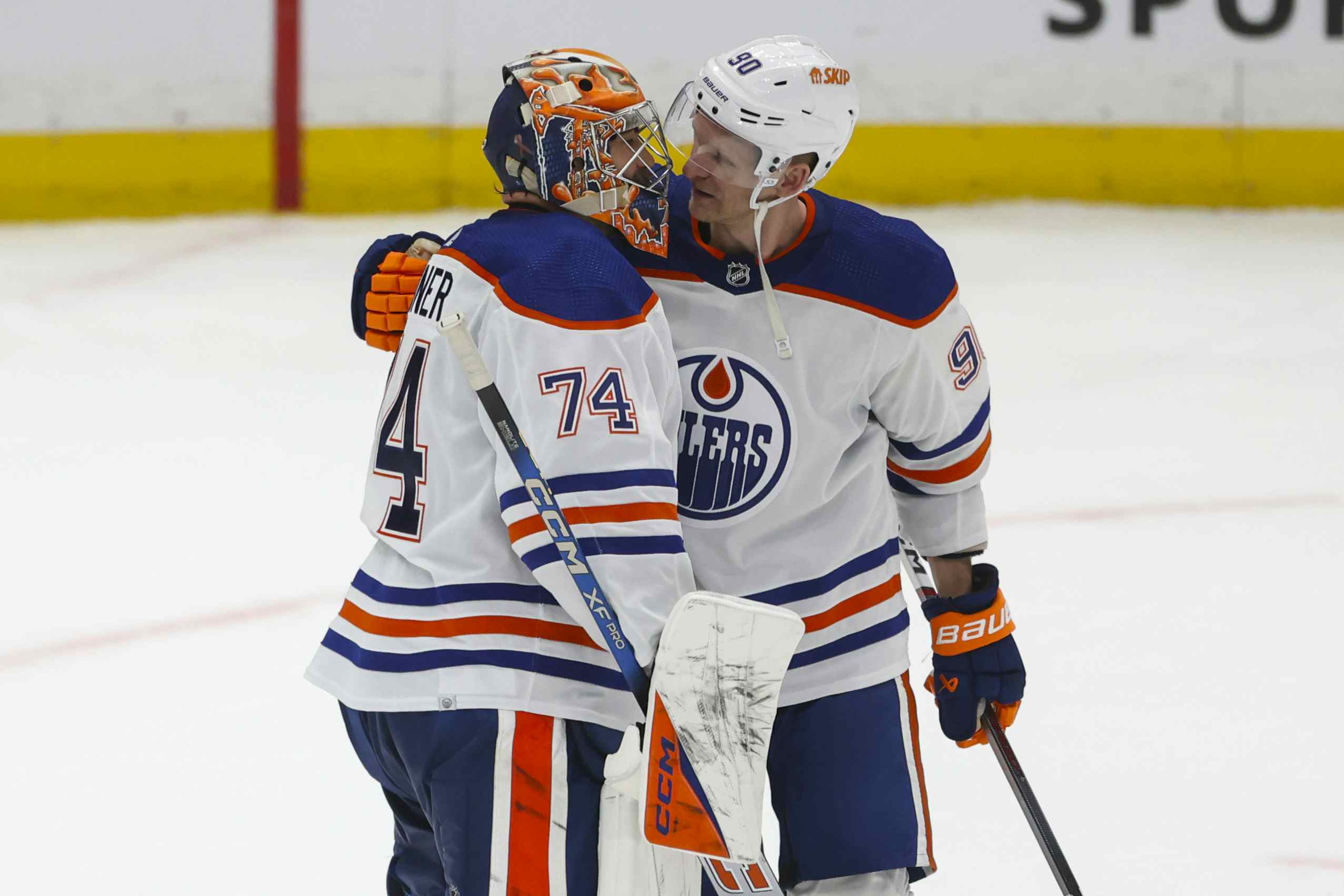Todd McLellan and the Oilers’ Penalty Kill

The penalty kill is one of those areas that can make or break a hockey team. Edmonton finished minus-47 while down a man a year ago and really fell apart late in the year. What can we expect from this coming season?
A Little Bit About the San Jose Sharks’ Penalty Kill
During Todd McLellan’s time with the Sharks, the team had a weird mix of successes and failures. Over the last four seasons the team has been either really, really good or flat-out terrible:
- 2011-12: 76.9 percent kill rate (29th overall), -49 goal differential
- 2012-13: 85.0 percent kill rate (6th overall), -19 goal differential (-32 over an 82-game season)
- 2013-14: 84.9 percent kill rate (6th overall), -25 goal differential
- 2014-15: 78.5 percent kill rate (25th overall), -44 goal differential
Like Forrest’s mom says, you never know what you’re gonna get. The gap between a team that goes minus-25 on the penalty kill and one that goes minus-49 is massive. The Sharks were minus-4 on the 2014-15 season; it’s hard not to wonder if with a successful penalty kill they would have made the playoffs last year.
Obvious Oilers Options

The Oilers have some forwards with penalty kill experience; ranked by ice-time last season they are as follow:
- Mark Letestu: 2:41/game
- Matt Hendricks: 2:10/game
- Lauri Korpikoski: 1:41/game
- Ryan Nugent-Hopkins: 1:38/game
- Benoit Pouliot: 1:08/game
- Teddy Purcell: 1:06/game
- Anton Lander: 0:51/game
The tandem of Letestu and Hendricks seems like a good one to be the heart of the fourth line, and also the obvious choice for the first penalty-killing unit. After that things get a little more muddled, but perhaps the best way to look at it is in terms of even-strength line combinations. If Nugent-Hopkins and Pouliot end up together on one line (perhaps with Eberle) and Korpikoski and Lander end up on another the team has three logical PK forward pairs and Purcell available on an as-needed basis.
Defence is a little more complicated. Players available include:

- Mark Fayne: 2:29/game
- Eric Gryba: 2:29/game
- Andrej Sekera (Carolina only): 1:57/game
- Andrew Ference: 1:52/game
- Nikita Nikitin: 1:44/game
- Oscar Klefbom: 1:44/game
- Brandon Davidson: 1:21/game
We can also likely assume that should Darnell Nurse/Griffin Reinhart make the opening night roster that they will be employed on the penalty kill; while both young the primary value of each player is as a defensive defenceman.
If Sekera and Fayne end up on the top pairing at evens (I think they should) they are also a logical top tandem for the penalty kill. After that it kind of depends who is in the lineup; aside from Klefbom none of the others are locks as every-night players.
Justin Schultz shouldn’t see the ice on the PK except in moments of dire need. Nurse and Reinhart and Davidson all should if and when they play, but all should probably be eased in to start their NHL careers. If and when Ference plays he’ll get time, too.
Most nights, I’d suggest the second defence tandem should probably be formed from the trio of Klefbom, Gryba and Nikitin. Gryba was leaned on hard in Ottawa in this role and had great numbers, while Nikitin also has a long and successful track record while his team is down a man. The latter point might be surprising, but in my viewing Nikitin really blunders when caught in transition or forced to do too much with the puck; the simple, static nature of penalty-killing work suits him nicely (and at 6’4”, 223 pounds he’s not a bad guy to have tethered to the front of the net).
Klefbom’s physical skills are admirably suited to PK work but at this stage of his career he might be the weakest of the three in this particular discipline. He had the worst total of any Oilers’ regular in terms of chances against/hour while shorthanded, but that’s probably just one of the things the team will have to live with while he develops.
RECENTLY BY JONATHAN WILLIS
Recent articles from Jonathan Willis

